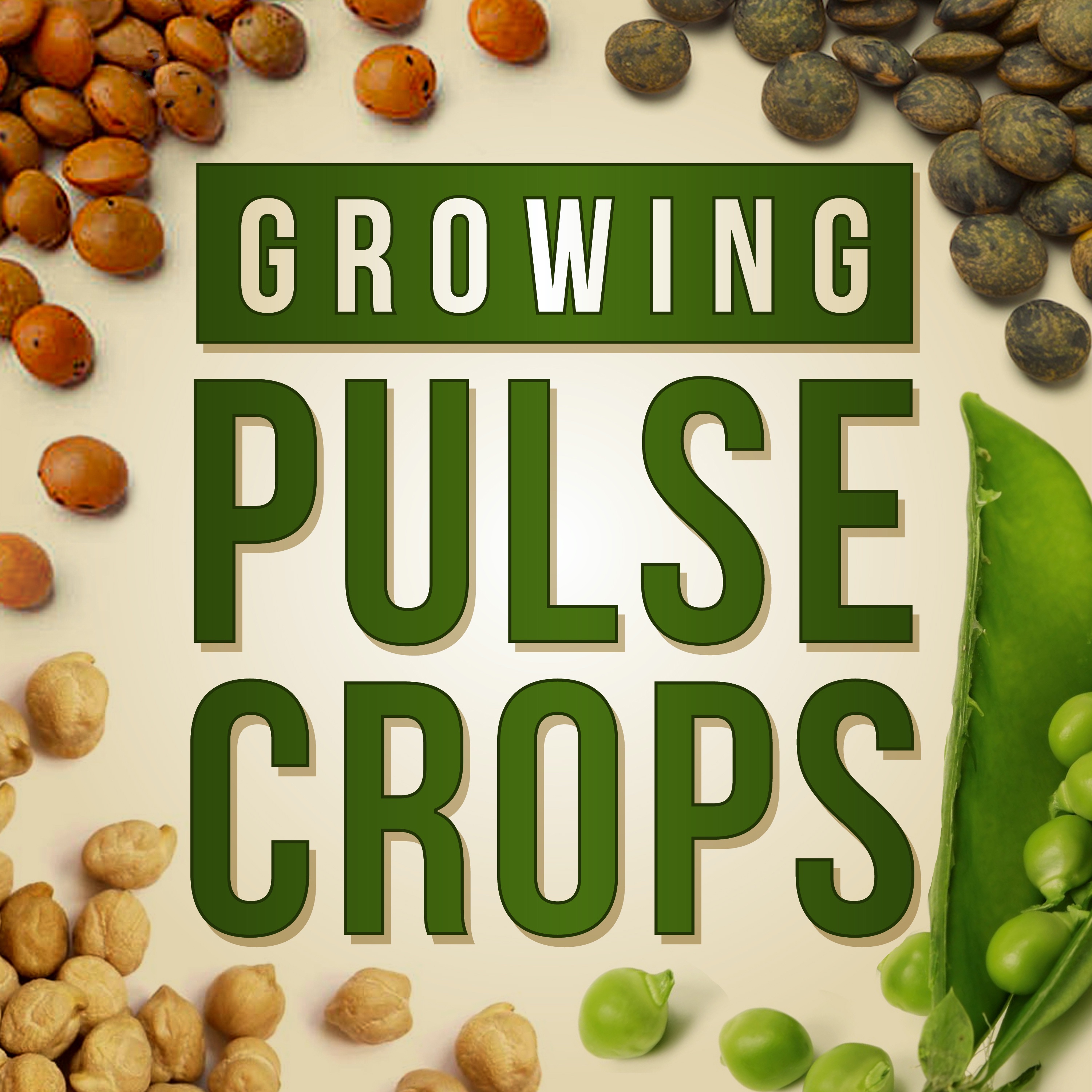MRLs and Pre-Harvest Desiccation With Greg Bartley
Greg Bartley is the director of crop protection and crop quality at Pulse Canada. He’s an agronomist by training and a certified crop advisor who has been with Pulse Canada for over six years. Bartley discusses the Keep It Clean Program in Canada, the value and challenges associated with Maximum Residue Limits (MRLs), some helpful information about desiccants and how various perceptions about chemicals are impacting the global trade of pulses.
“ Things are changing. What's been happening within the past five years is not going to be what's happened in the next five years. So even though this is what you did on your farm two years ago. These MRL policies and just policies in general are ever evolving, you need to pay attention and recognize that sometimes things are changing. The level of testing that's going on within the industry is unreal. So if you were doing something two years ago chances are it may not be acceptable moving forward.” - Greg Bartley
This Week on Growing Pulse Crops:
- Greg Bartley is the director of crop protection and crop quality at Pulse Canada
- Discover the Canadian Keep It Clean Program and what is involved in participating
- Explore the limitations and significance of Maximum Residue Limit policy
- Learn about strategy for timing and use of desiccation products for pulse crops
Growing Pulse Crops is supported by the Northern Pulse Growers Association, produced by Dr. Audrey Kalil and hosted by Tim Hammerich of the Future of Agriculture Podcast.

